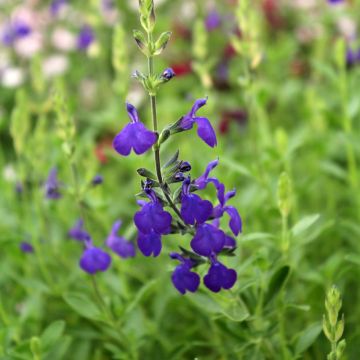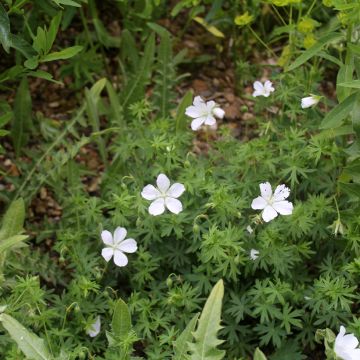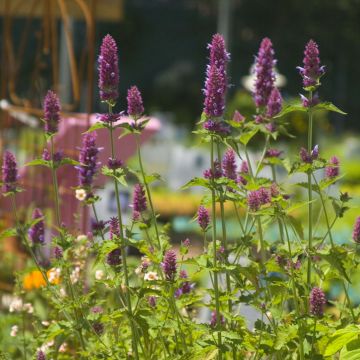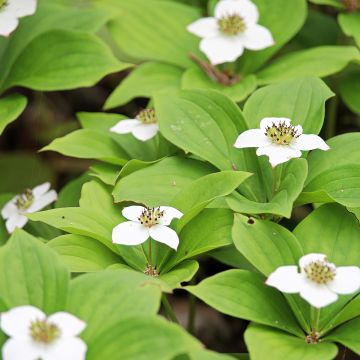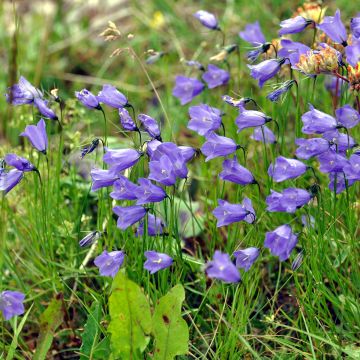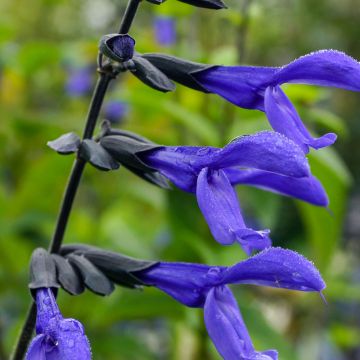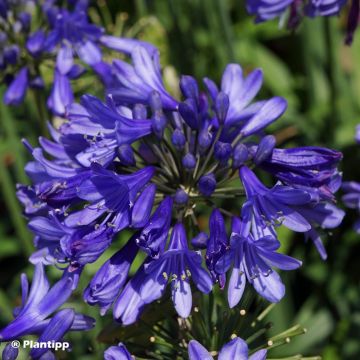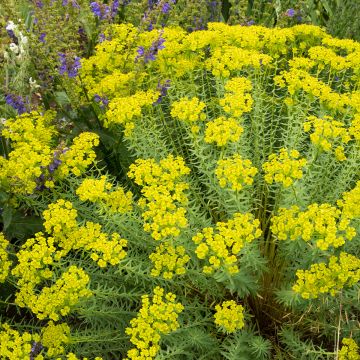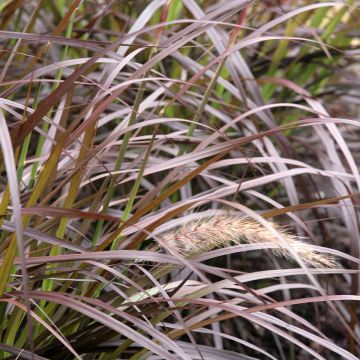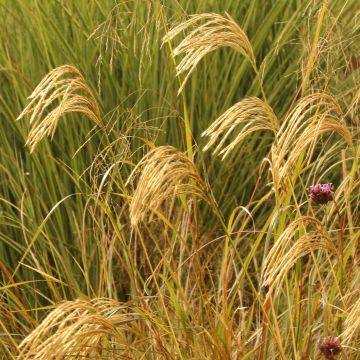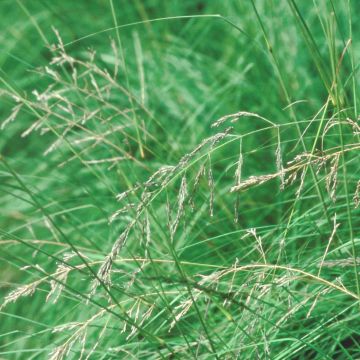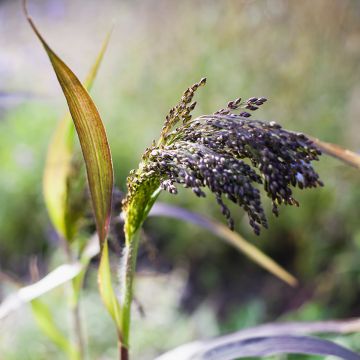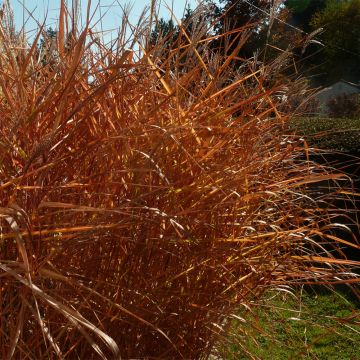

Sesleria caerulea
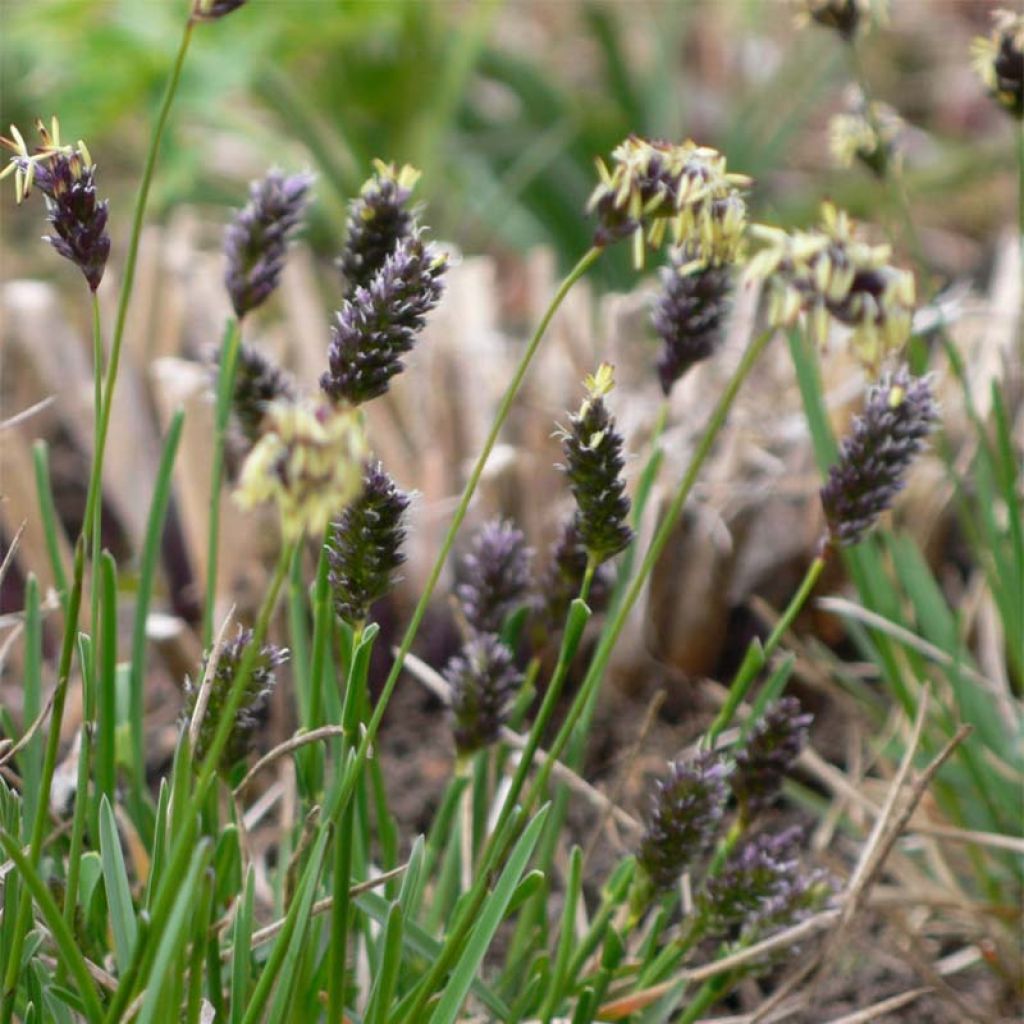

Sesleria caerulea
Sesleria caerulea
Sesleria caerulea
Blue Moor-grass
Satisfactory item
elisabeth, 29/11/2024
Special offer!
Receive a €20 voucher for any order over €90 (excluding delivery costs, credit notes, and plastic-free options)!
1- Add your favorite plants to your cart.
2- Once you have reached €90, confirm your order (you can even choose the delivery date!).
3- As soon as your order is shipped, you will receive an email containing your voucher code, valid for 3 months (90 days).
Your voucher is unique and can only be used once, for any order with a minimum value of €20, excluding delivery costs.
Can be combined with other current offers, non-divisible and non-refundable.
Home or relay delivery (depending on size and destination)
Schedule delivery date,
and select date in basket
This plant carries a 12 months recovery warranty
More information
We guarantee the quality of our plants for a full growing cycle, and will replace at our expense any plant that fails to recover under normal climatic and planting conditions.

Would this plant suit my garden?
Set up your Plantfit profile →
Description
Sesleria caerulea, sometimes called blue moor grass, is particularly hardy and compact and adapted to difficult conditions. It is rarely used in gardens but very interesting for its compact and neat shape, narrow, deep green-blue foliage, and flowering in thin spikelets shaped like hairpins, a blackish blue-violet becoming blond in late spring. This perennial forms an attractive, very dense blue clump and adapts to poor, rocky, limestone soils, even dry in summer. A useful grass in a small space, or along a path, to structure a natural area or a contemporary-style garden.
Sesleria caerulea is a perennial, tufted grass with a non-trailing crown belonging to the poaceae family. In nature, it grows in dry meadows, undergrowth and rocky scree, at altitude, on nitrogen-poor and limestone soil. Its distribution area is the alpine and subalpine stages of southern Europe. The plant forms a thick, dense and slightly rough clump of linear, rough foliage, 30 to 50 cm (12 to 20in) tall and wide when flowering, depending on the growing condition. Its 2 to 5 mm (0in) wide, leaves are folded in a V or U shape and are blue on top and green underneath, giving a soft glaucous hue from a distance. They partially dry out before winter, but constantly renew themselves. Narrow floral spikes, apparently covered in violet or dark blue, metalic hairpins, stained with white, usually appear in spring and turn straw yellow when ripe.
Blue Sesleria is not a spectacular plant, but it gives permanence with coloured foliage in winter and the rustic charm of its flowers in spring. It is highly adaptable and non-invasive, thriving in everywhere, in lowlands and mountains, by the sea or on rocky land. It is beautiful alongside perennials like lavender, catananche, coreopsis, autumn asters, chrysanthemums, echinacea, small sunflowers, and many others. It forms a good ground cover, even in partial shade or under trees, where it can be planted with small periwinkles, dead nettles, and epimediums. In a natural garden, it can be planted en masse to effectively cover the ground and let the wind create waves of blue.
Report an error about the product description
Sesleria caerulea in pictures
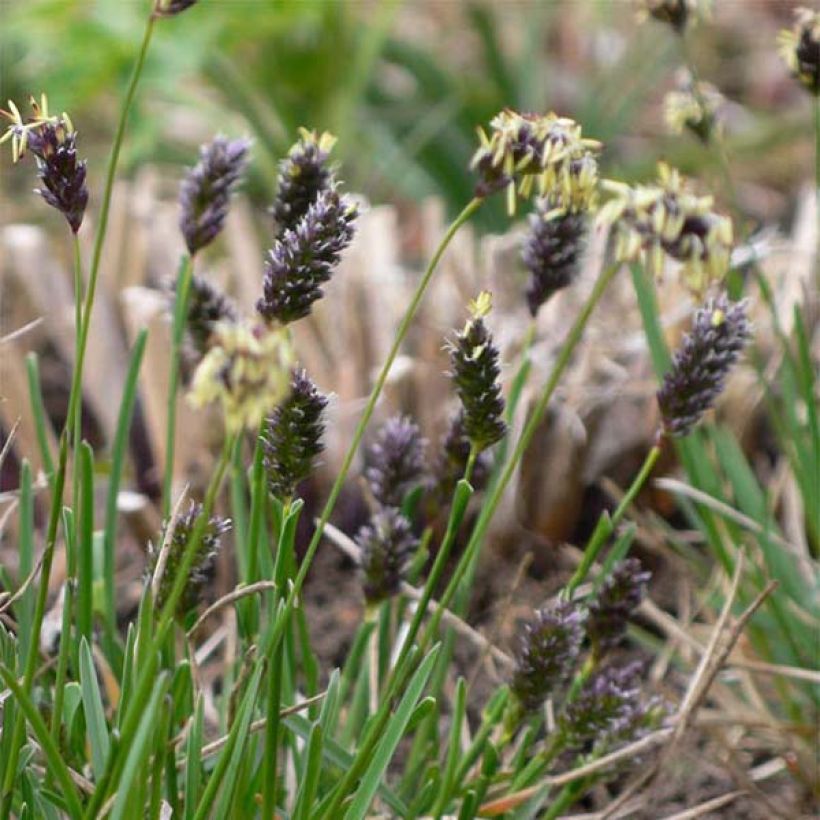

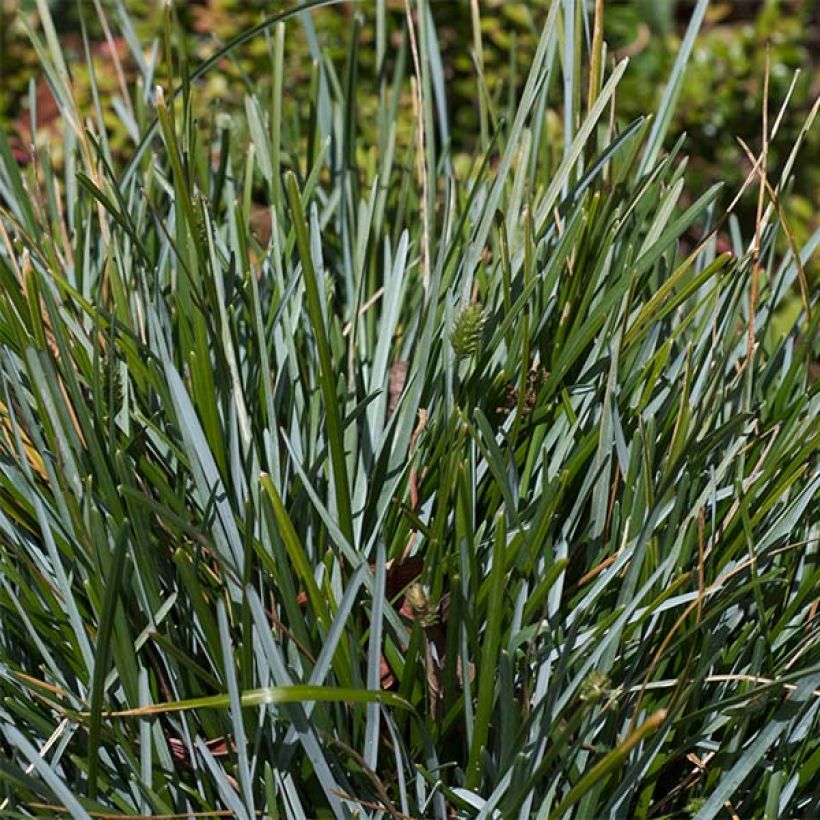

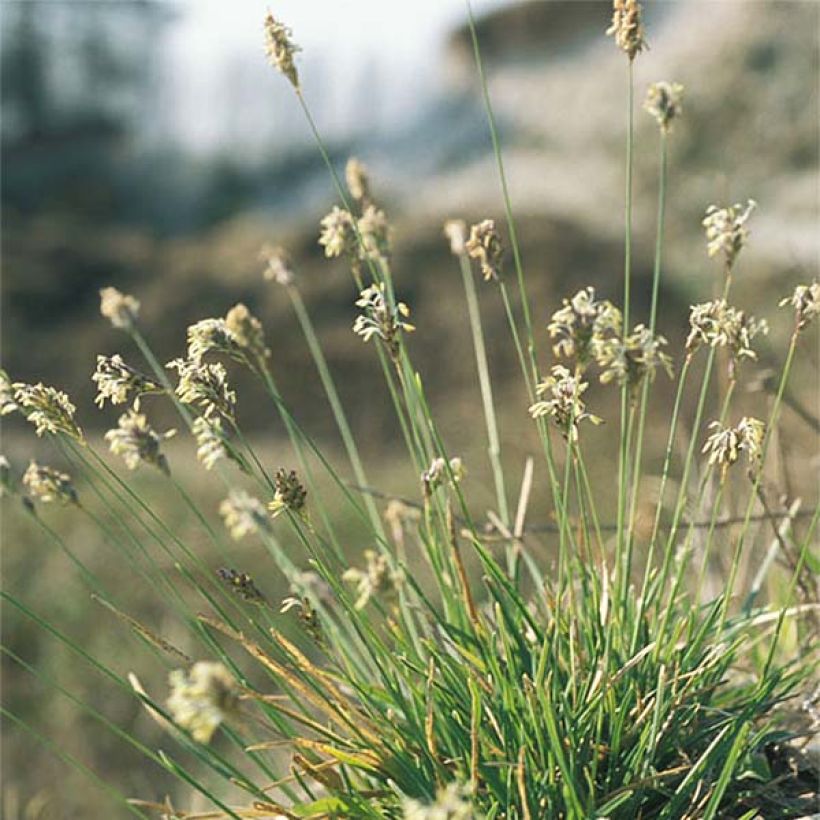

Flowering
Foliage
Plant habit
Botanical data
Sesleria
caerulea
Poaceae
Blue Moor-grass
Western Europe
Other Perennials A to Z
View all →Planting and care
Plant Sesleria caerulea in dry to moist, well-drained, neutral to alkaline soil, in partial shade or full sun. Fertiliser is not necessary, but it will help the plant grow bigger in poor soil. It requires more water in spring, during the growth period, and in hot and dry climates. Sesleria caerulea will adapt to difficult conditions, like very rocky gardens, and in regions with significant temperature variations. This undemanding grass adapts to a wide variety of soils, as long as they are properly drained but not too dry, sandy, loamy, rocky and limestone or clayey and limestone.
Planting period
Intended location
Care
-
, onOrder confirmed
Reply from on Promesse de fleurs
Similar products
Haven't found what you were looking for?
Hardiness is the lowest winter temperature a plant can endure without suffering serious damage or even dying. However, hardiness is affected by location (a sheltered area, such as a patio), protection (winter cover) and soil type (hardiness is improved by well-drained soil).

Photo Sharing Terms & Conditions
In order to encourage gardeners to interact and share their experiences, Promesse de fleurs offers various media enabling content to be uploaded onto its Site - in particular via the ‘Photo sharing’ module.
The User agrees to refrain from:
- Posting any content that is illegal, prejudicial, insulting, racist, inciteful to hatred, revisionist, contrary to public decency, that infringes on privacy or on the privacy rights of third parties, in particular the publicity rights of persons and goods, intellectual property rights, or the right to privacy.
- Submitting content on behalf of a third party;
- Impersonate the identity of a third party and/or publish any personal information about a third party;
In general, the User undertakes to refrain from any unethical behaviour.
All Content (in particular text, comments, files, images, photos, videos, creative works, etc.), which may be subject to property or intellectual property rights, image or other private rights, shall remain the property of the User, subject to the limited rights granted by the terms of the licence granted by Promesse de fleurs as stated below. Users are at liberty to publish or not to publish such Content on the Site, notably via the ‘Photo Sharing’ facility, and accept that this Content shall be made public and freely accessible, notably on the Internet.
Users further acknowledge, undertake to have ,and guarantee that they hold all necessary rights and permissions to publish such material on the Site, in particular with regard to the legislation in force pertaining to any privacy, property, intellectual property, image, or contractual rights, or rights of any other nature. By publishing such Content on the Site, Users acknowledge accepting full liability as publishers of the Content within the meaning of the law, and grant Promesse de fleurs, free of charge, an inclusive, worldwide licence for the said Content for the entire duration of its publication, including all reproduction, representation, up/downloading, displaying, performing, transmission, and storage rights.
Users also grant permission for their name to be linked to the Content and accept that this link may not always be made available.
By engaging in posting material, Users consent to their Content becoming automatically accessible on the Internet, in particular on other sites and/or blogs and/or web pages of the Promesse de fleurs site, including in particular social pages and the Promesse de fleurs catalogue.
Users may secure the removal of entrusted content free of charge by issuing a simple request via our contact form.
The flowering period indicated on our website applies to countries and regions located in USDA zone 8 (France, the United Kingdom, Ireland, the Netherlands, etc.)
It will vary according to where you live:
- In zones 9 to 10 (Italy, Spain, Greece, etc.), flowering will occur about 2 to 4 weeks earlier.
- In zones 6 to 7 (Germany, Poland, Slovenia, and lower mountainous regions), flowering will be delayed by 2 to 3 weeks.
- In zone 5 (Central Europe, Scandinavia), blooming will be delayed by 3 to 5 weeks.
In temperate climates, pruning of spring-flowering shrubs (forsythia, spireas, etc.) should be done just after flowering.
Pruning of summer-flowering shrubs (Indian Lilac, Perovskia, etc.) can be done in winter or spring.
In cold regions as well as with frost-sensitive plants, avoid pruning too early when severe frosts may still occur.
The planting period indicated on our website applies to countries and regions located in USDA zone 8 (France, United Kingdom, Ireland, Netherlands).
It will vary according to where you live:
- In Mediterranean zones (Marseille, Madrid, Milan, etc.), autumn and winter are the best planting periods.
- In continental zones (Strasbourg, Munich, Vienna, etc.), delay planting by 2 to 3 weeks in spring and bring it forward by 2 to 4 weeks in autumn.
- In mountainous regions (the Alps, Pyrenees, Carpathians, etc.), it is best to plant in late spring (May-June) or late summer (August-September).
The harvesting period indicated on our website applies to countries and regions in USDA zone 8 (France, England, Ireland, the Netherlands).
In colder areas (Scandinavia, Poland, Austria...) fruit and vegetable harvests are likely to be delayed by 3-4 weeks.
In warmer areas (Italy, Spain, Greece, etc.), harvesting will probably take place earlier, depending on weather conditions.
The sowing periods indicated on our website apply to countries and regions within USDA Zone 8 (France, UK, Ireland, Netherlands).
In colder areas (Scandinavia, Poland, Austria...), delay any outdoor sowing by 3-4 weeks, or sow under glass.
In warmer climes (Italy, Spain, Greece, etc.), bring outdoor sowing forward by a few weeks.
































